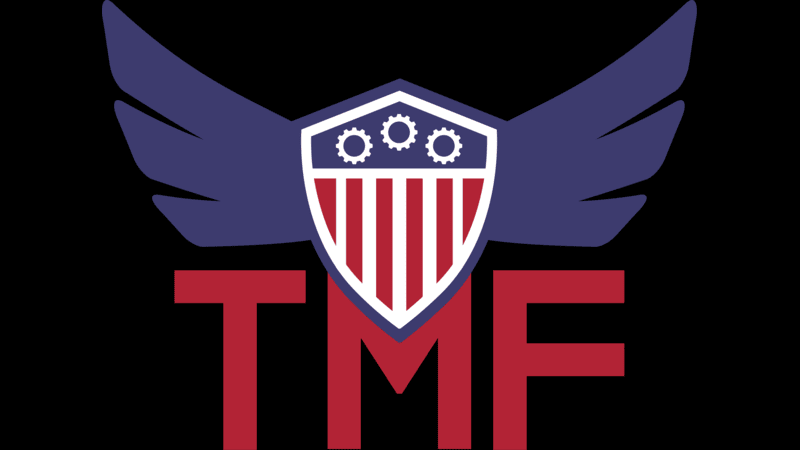
The White House Office of Management and Budget (OMB) is proposing a new funding model for the Technology Modernization Fund (TMF) in fiscal year (FY) 2026 that could provide the fund with up to $100 million in funding per year.
The TMF – which is run by the General Services Administration (GSA) – was created in 2017 under the Modernizing Government Technology (MGT) Act to provide money to Federal civilian agencies to undertake tech modernization projects.
Congress provided the TMF with a historic infusion of $1 billion in funding under the 2021 American Rescue Plan (ARP) Act. Of that $1 billion, OMB said that $113 million has since been rescinded by Congress.
According to a new budget document published on Friday by GSA, the TMF currently manages more than $1.07 billion worth of systems upgrades and modernization projects totaling 69 investments across 34 Federal agencies. In total, TMF has received and reviewed more than 290 proposals totaling about $4.5 billion in funding demand.
GSA said that the TMF Program Management Office (PMO) obligations will come from American Rescue Plan Act funding until the end of FY 2025. However, in FY 2026, the White House and GSA want PMO obligations to come from a new proposed funding model.
“The FY 2026 budget does not include new discretionary appropriated funding for the TMF,” GSA says in the new document. “Instead, President’s FY 2026 budget request includes a governmentwide general provision that will allow GSA, with approval of OMB, to collect unobligated balances of expired discretionary funds from other agencies and bring that funding into the TMF.”
OMB issued a lengthy appendix to President Donald Trump’s proposed FY 2026 budget on Friday that details this provision.
According to the appendix, which runs over 1,200 pages, the provision would allow the head of each agency to “transfer or reimburse” money to the TMF “provided that the total cumulative amount of funds transferred or reimbursed each fiscal year may not exceed $100,000,000.”
The appendix explains that the MGT Act, which created the TMF, authorizes the GSA administrator to transfer appropriations and collections in the TMF to other agencies “as recommended by the TMF Board.” The TMF Board is chaired by Federal Chief Information Officer Greg Barbaccia.
The TMF as originally conceived required agencies to pay back their funding awards over time with savings generated by their IT improvement projects. This positioned TMF as a revolving fund that would be able to continue making new awards as agencies repaid the amounts awarded to them.
However, GSA relaxed those rules in 2021 to speed the pace of awards from the $1 billion injection into the fund by Congress.
Last month, GSA announced it was refocusing the repayment model for awards distributed by the TMF toward full repayment by Federal agencies from the savings they generate from their projects.
It’s unclear how much funding GSA would be able to collect from Federal agencies for the TMF in FY 2026. However, GSA said that the new governmentwide general provision proposed in the president’s budget “would increase the amount of funding available in the TMF.”
GSA also said the proposal would simultaneously alleviate “the burden on the Financial Services and General Government Appropriations Subcommittee” in Congress that considers annual appropriations for TMF.
“To further strengthen the TMF’s ability to help agencies kickstart or accelerate their urgent modernization efforts, GSA and OMB are committed to exploring alternative funding mechanisms,” GSA said, adding, “This includes the new governmentwide general provision proposed in the President’s Budget to allow the TMF to sweep unobligated balances of expired discretionary funds.”
“By responsibly managing existing resources, the TMF is positioned to deliver lasting value to the American people and enhance the efficiency and effectiveness of government services,” it added.
